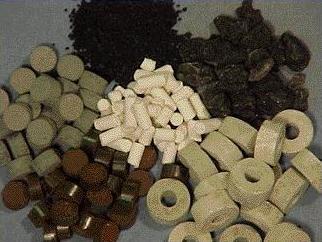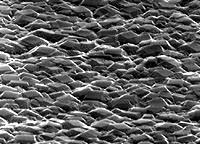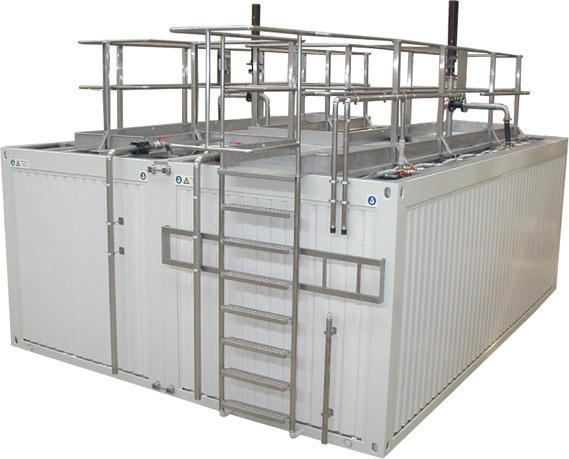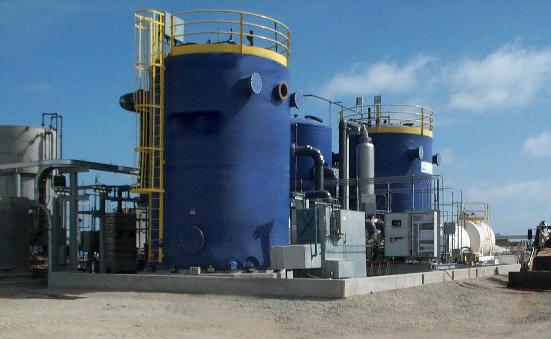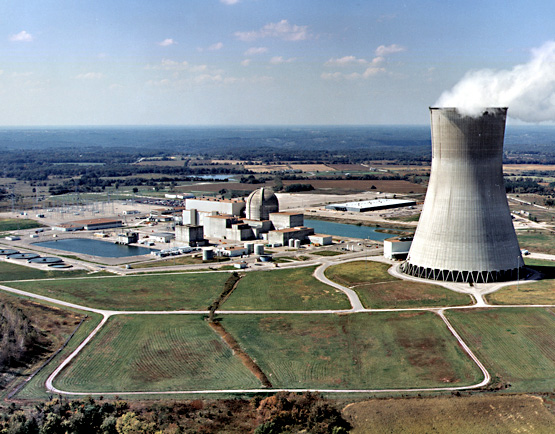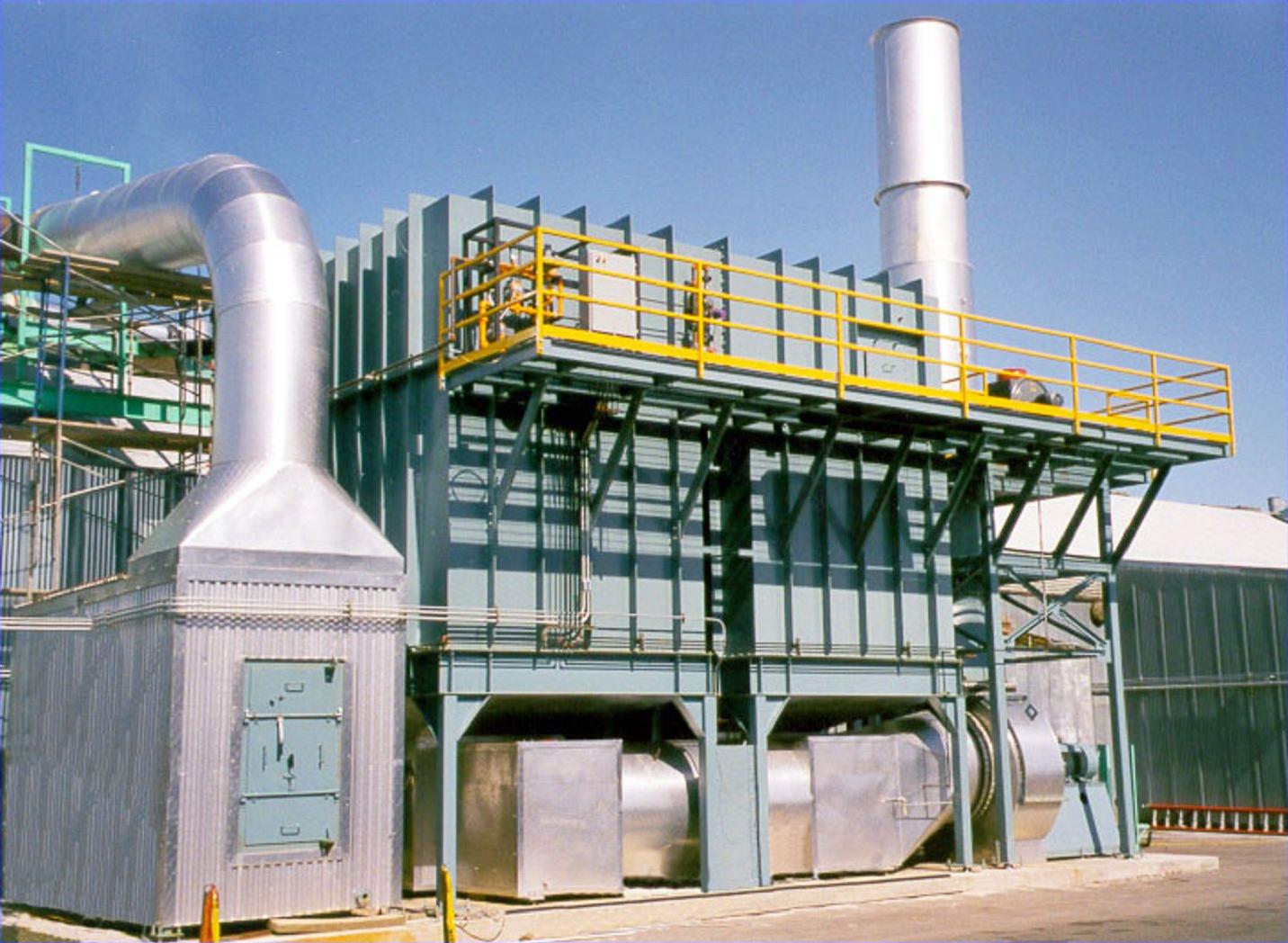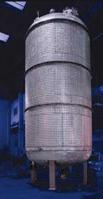Batch
Batch reactors are perhaps the simplest reactors used in chemical processes. The batch reactor shown below has a stirrer on the top.
Bioreactors
While bioreactor is a general term for any reactor that uses a biological process catalyzed by microbes to produce a desired product, the term typically refers to biological applications of continuous stirred tank reactors or chemostats, plug flow reactors, or fixed film reactors.
Catalysts
A catalyst enhances the rate of a reaction. In other words, they allow a higher fraction of molecules to reach the minimum energy required for the reaction; hence, leading to the formation of more products. Catalysts are involved in the reaction, but are regenerated at the end of the reaction so that none of the catalyst is consumed.
CSTR
Continuous stirred tank reactors ( CSTR ) are the most basic of the continuous reactors used in chemical processes. The CSTR below is a half pipe coil jacketed reactor.
CVD Reactors
Chemical vapor deposition (CVD) reactors are used in applications that involve the deposition of a layer or layers of a substance onto a surface. The figure below is a 3000x magnification of a cubic diamond coated tool.
Fixed Film
Fixed film reactors are used to treat organic hazardous, non-hazardous, and toxic wastes. Hazardous materials in untreated water can be degraded to less dangerous compounds using biological agents such as microorganisms or their products.
Fluidized Bed (FBR)
Fluidized bed reactors (FBR) are catalytic reactors in which the catalyst is fluidized within the reactor.
Fuel Cells
Fuel cells produce hydrogen-based energy capable of powering a wide variety of devices such as cell phones, cars, combined heat and power systems, and the space shuttle.
Moving Bed
Moving bed reactors are reactors in which the catalytic material flows along with the reactants and is then separated from the exit stream and recycled.
Nuclear Reactors
Nuclear reactors produce power through fission. In the United States, nuclear power plants use either pressurized water reactors or boiling water reactors.
Oxidizers
Many organic compounds are combusted into carbon dioxide and water in oxidizers. Combustion is an exothermic oxidation reaction that destroys VOCs before emission.
Packed Bed (PBR)
Packed bed reactors, also known as fixed bed reactors, are often used for catalytic processes. Pictured below is a fixed bed reactor used in a synthetic process. Pictured below is a packed bed reactor used in the NASA Glenn Research Center.
Plug Flow (PFR)
Plug flow, or tubular, reactors consist of a hollow pipe or tube through which reactants flow. Pictured below is a plug flow reactor in the form of a tube wrapped around an acrylic mold which is encased in a tank. Water at a controlled temperature is circulated through the tank to maintain constant reactant temperature.
Semi-Batch
Semi-batch reactors lie between batch and continuous reactors in terms of operation. Pictured below is a vertical reactor that can be configured to operate in semi-batch mode.
Slurry
Slurry reactors are three phase reactors (solid/liquid/gas). Pictured below is a slurry reactor used in the production of polyethylene products.
Trickle Bed
Trickle bed reactors are solid-liquid-gas contacting devices wherein a liquid stream flows downward over a bed of catalyst with pressure difference serving as the driving force . The fluid flows over catalyst particles and forms fine films, rivulets or droplets. The gas stream can either flow concurrent with the liquid or countercurrent to it through the bed. Trickle bed reactors are primarily operated in continuous mode but are sometimes used in semi-batch processes.



